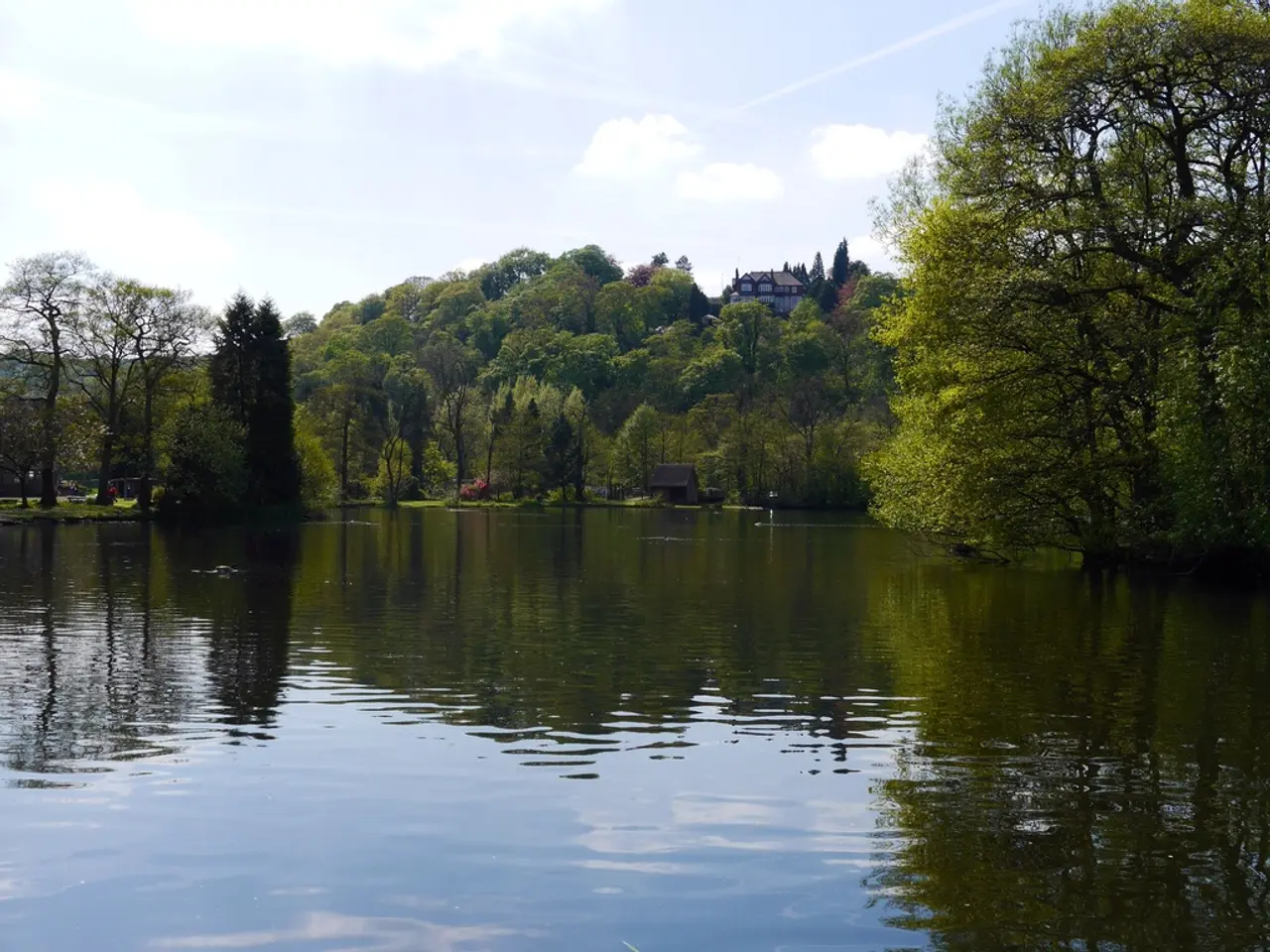Warning Tourists: Potential Risks of Summer Trips to Certain Georgia Lakes
Lake Sinclair, nestled in central Georgia, is home to the common watersnake, a non-venomous species known for its long size and excellent swimming abilities. However, other venomous snakes such as the cottonmouth and copperhead also call Georgia's lakes home. To ensure a safe and enjoyable experience, here are some key tips to follow.
When venturing near Georgia's lakes or rivers, it's advisable to wear boots and long pants to protect against snake bites. Snakes often hide in tall grass and brushy shorelines, so avoiding these areas is important. Be mindful of where you step, staying clear of dense vegetation or areas where snakes might be resting.
Avoid swimming or wading near muddy or heavily vegetated lake edges, as these are habitats for aquatic snakes like cottonmouths. If you come across a snake, maintain your distance—most snakes will avoid humans if not provoked.
Practice general outdoor safety and awareness by watching your step and not reaching into hidden spots. If camping near lakes, keep campsites clean and free of debris that could provide hiding spots for snakes.
In case of a snakebite, seek immediate medical attention even if unsure about venom. Remember, it's better to be safe than sorry. The Georgia Poison Center can be contacted for advice if there's uncertainty about a snake bite. It's also a good idea to pack a basic first-aid kit and know the location of the nearest hospital, as most ERs carry antivenom.
During the summer breeding season, Georgia's lakes see increased snake activity. To reduce encounters, stick to designated beaches and consider exploring state parks with waterfalls and swimming holes as alternatives.
While Lake Lanier, a human-made reservoir, is home to several snake species, none of them are venomous. However, it is more notorious for drunken behavior, boating accidents, and ghost sightings among locals. On the other hand, Lake Allatoona in northwest Georgia is known for having at least five species of snakes, including the mildly venomous eastern hognose and eastern garter snakes. Lake Hartwell, spanning 56,000 acres, is home to venomous snake species such as the eastern copperhead and timber rattlesnake.
WorldAtlas has ranked Georgia's lakes for their snake-infested status, with some popular lakes making the list. However, staying calm after a snake bite is important, as there's a 499 out of 500 chance of survival (according to the Georgia Department of Natural Resources). If a snake is spotted, it's recommended to back away slowly and give it space.
Lastly, Georgia boasts the largest aquarium in the country located in Atlanta, providing a controlled environment to interact with nature. By following these safety tips and respecting wildlife, you can enjoy Georgia's lakes safely and responsibly.
Travel guides recommending Georgia's lakes for a summer getaway should include safety measures about snake encounters. For instance, wearing protective clothing when venturing near lakes or rivers and being mindful of one's surroundings can help prevent snake bites. Additionally, visitors should be aware of venomous snake species like the cottonmouth and copperhead, which are commonly found in lake environments, and avoid swimming or wading in certain areas that may harbor these snakes.




